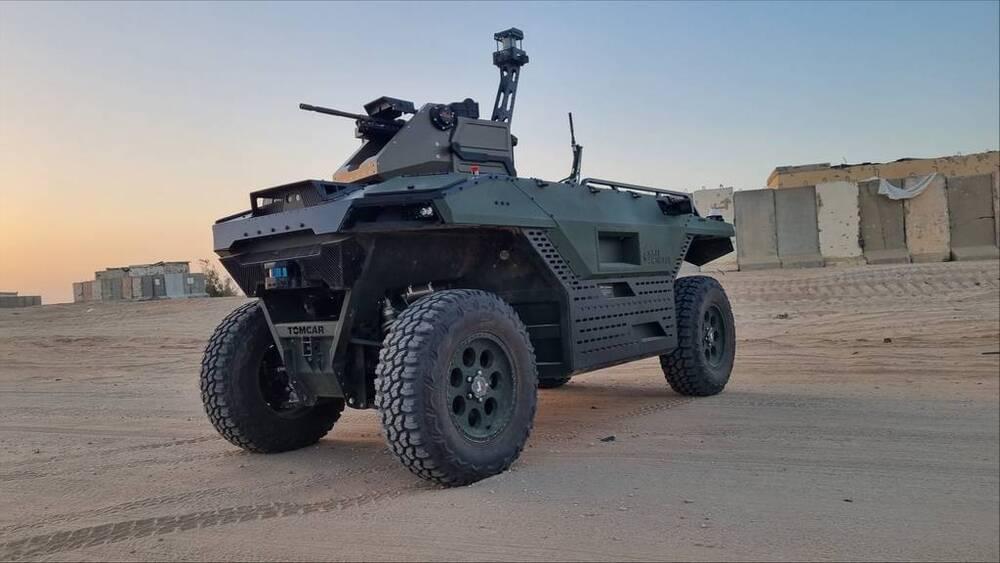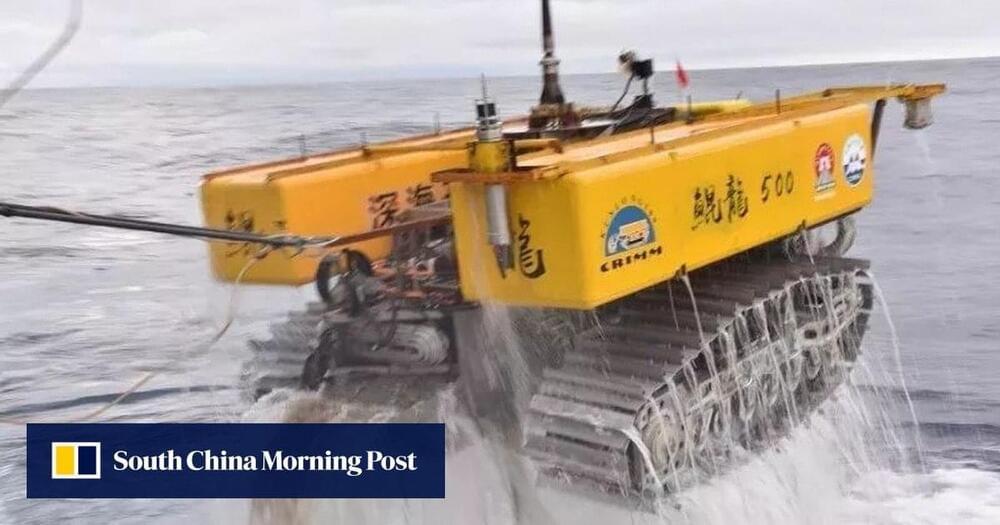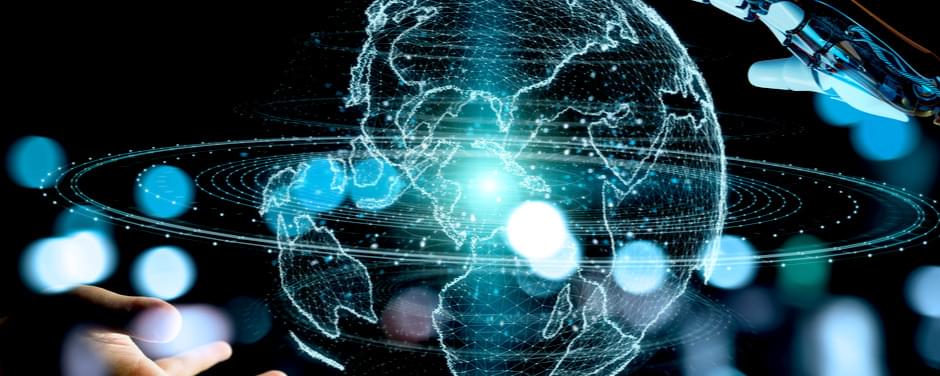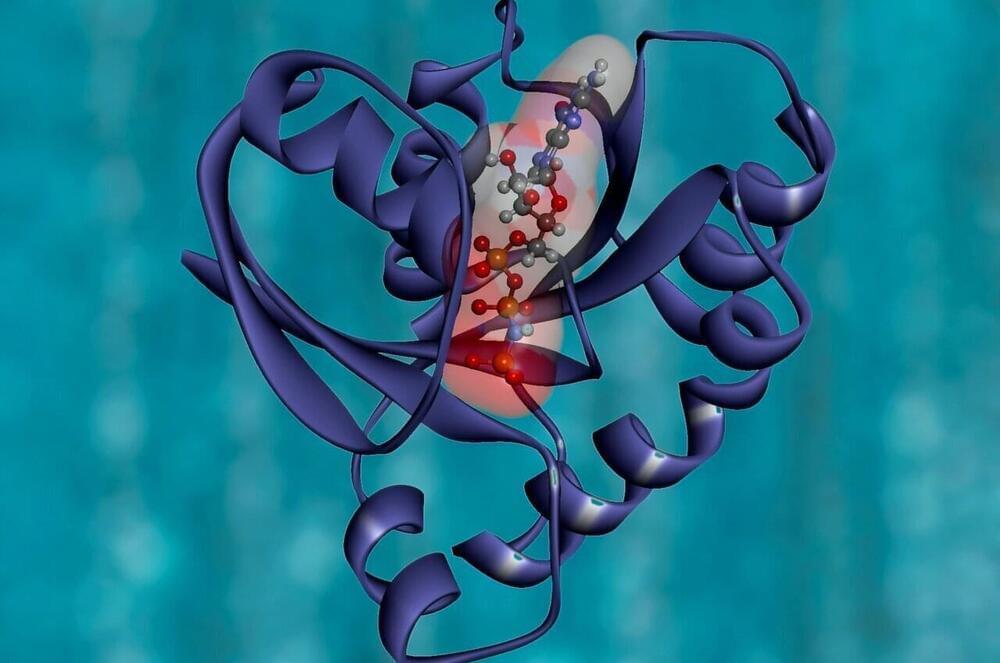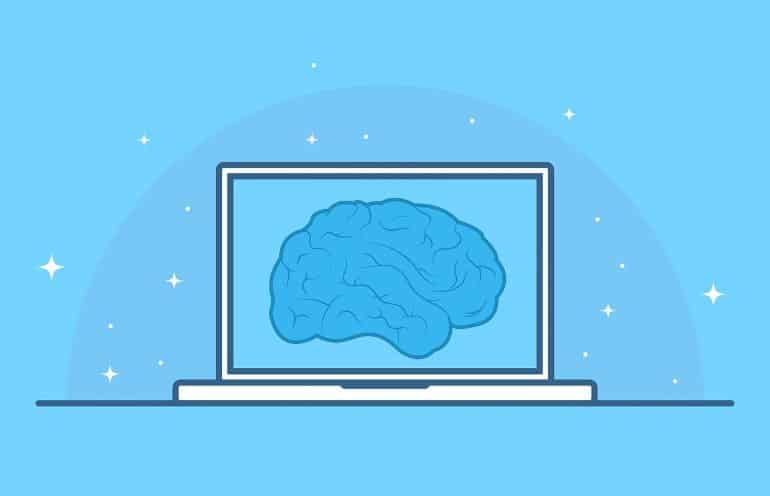WASHINGTON — Israel Aerospace Industries will debut REX MK II, its newest ground robot set to be fielded to British troops, at DSEI, the London-based defense exhibition, which begins Tuesday. IAI signed a contract with the UK in the second quarter of the calendar year and has sold the vehicle to other European countries, Rani Avni, IAI’s deputy general manager for robotics and autonomous systems, told Defense News in a Sept. 12 interview ahead of the show. He declined to identify the other countries.
Israeli defense company unveils its latest ground robot at DSEI as market for light robotic combat vehicles heats up in the European theater.
